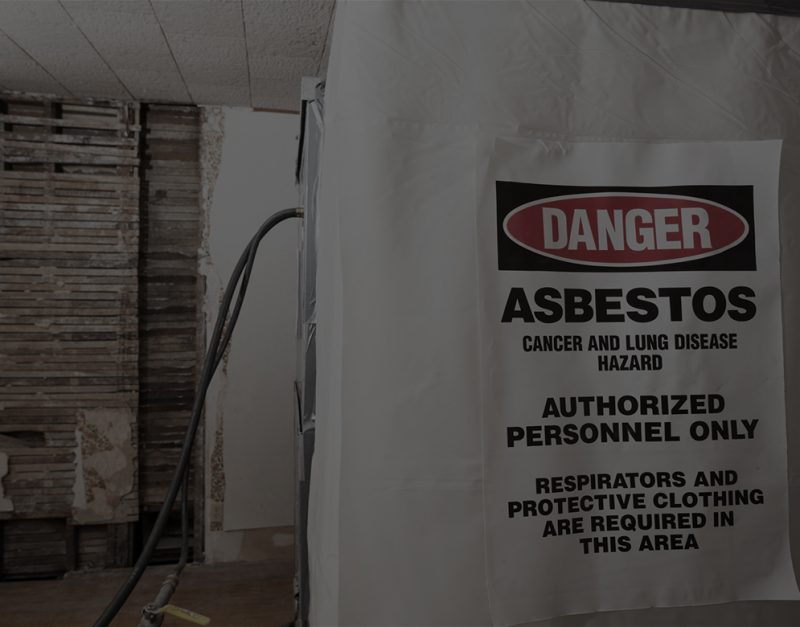 October 31, 2017
October 31, 2017 During the 1970s, the U.S. government enacted strict regulations that led to the end of widespread use of asbestos. Yet, according to a recent report by the Centers for Disease Control, exposure to asbestos continues to be a clear and present danger for many in the United States.
Before being banned, the fiber, used mainly for its insulation and fire-retardant properties, could be found in many industrial and construction products. It produces a fine dust that, when inhaled, can cause deadly diseases including malignant mesothelioma, a type of lung cancer.
A New Type of Meso Victim
While use of asbestos has dropped significantly, a May report released by the CDC stated overall deaths from mesothelioma are on the rise, and that from 1999 to 2015, 2,618 people under the age of 55 died from mesothelioma.
Mesothelioma often takes decades to develop, so it is most frequently seen in older people. According to the study, the majority of deaths related to mesothelioma occurred in people older than 85. However, the number of younger people continuing to develop mesothelioma indicates that exposure to asbestos continues to be a real danger. As the report explains:
“The continuing occurrence of mesothelioma deaths among persons aged 55 years suggests ongoing occupational and environmental exposures to asbestos fibers and other causative EMPs, despite regulatory actions.”
Current Asbestos Exposure Profile
The number of younger people dying from mesothelioma indicates that asbestos exposure still occurs. The highest number of mesothelioma-related deaths occurs in people who work in the boating and naval industries followed by the construction industry. While these jobs can involve the practice of strict safety protocols, it does not always mean the air is clear of asbestos fibers. For construction workers, asbestos levels are often higher than the legally permitted amount.
“…20% of air samples collected in the construction industry in 2003 for compliance purposes exceeded the OSHA permissible exposure limit.”
People who do not work in the construction industry may also be exposed to asbestos. When those workers who have been exposed to asbestos return home, fibers attached to their clothing may additionally put their loved ones and family members at risk of second-hand asbestos inhalation.
“Moreover, family members of workers engaged in activities placing them at risk for asbestos exposures also have the potential for exposure to asbestos.”
Finally, over 3,000 products are currently manufactured in the U.S. that contain asbestos. Items that incorporate talc and some make-up are among these products.
“Moreover, asbestos products remain in use, and new asbestos-containing products continue to be manufactured in or imported into the United States.”
What Can Be Learned from the CDC Report?
While many may think that asbestos exposure is a danger of the past, this study indicates that it is still very much with us today. It also shows the need for stricter adherence to safety protocols and intense caution for workers engaged in activities that may involve asbestos exposure.
Other examples of dangerous areas in which companies may not be strictly adhering to safety regulations:
What is Waters Kraus Paul & Siegel Doing to Help?
The mid-sized plaintiffs’ firm of Waters Kraus Paul & Siegel has been fighting for decades to increase regulations for dangerous industries, such as asbestos. The asbestos attorneys at Waters Kraus Paul & Siegel also fight for justice for victims of corporate negligence who have been exposed to asbestos and suffer from diseases such as pleural mesothelioma. Email the asbestos attorneys at Waters Kraus Paul & Siegel, or call 800.226.9880, to discuss your potential lawsuit.


